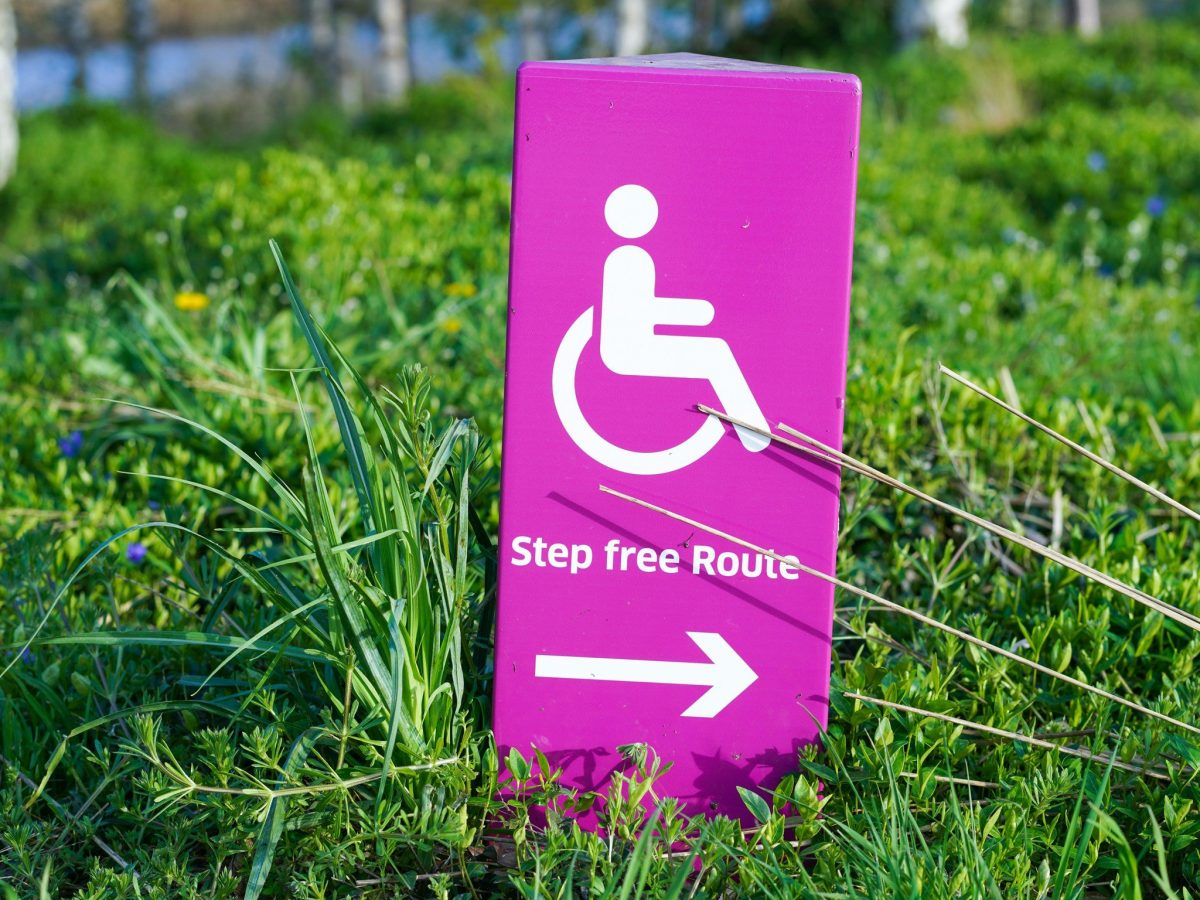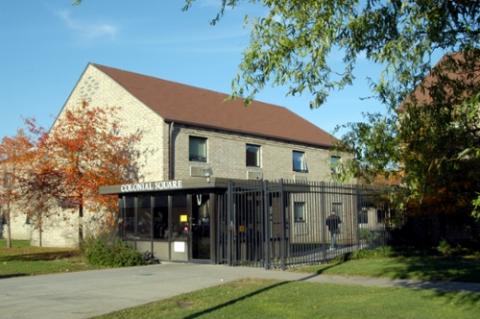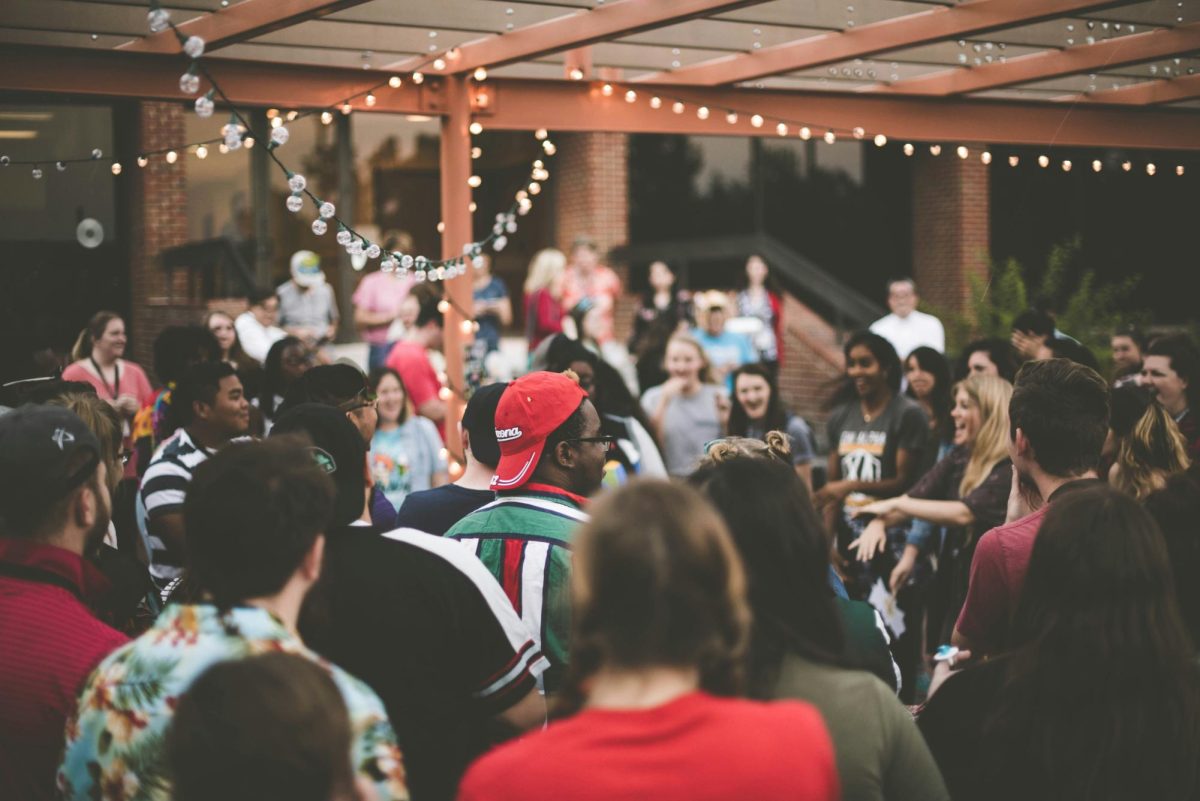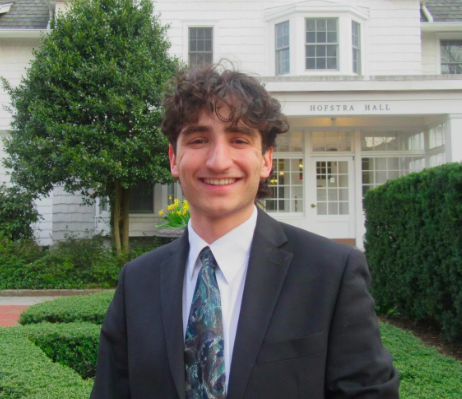Photo courtesy of Yomex Owo on Unsplash
Disability is a great equalizer. No matter how able-bodied you may be right now, your chances of gaining some kind of disability are higher than you may think. Whether it be from injury, disease or age, the Social Security Administration estimates that a quarter of 20-year-old Americans will become disabled before retiring. Not only that, but over 40 million Americans (around 13% of our population) live with disabilities already. These facts make it strange that disability studies – the study of disabled individuals, their interactions with society and their efforts to gain equal rights – is not studied as consistently as other comparable areas of scholarship.
With the issue of ableism being as widespread as it is, it’s surprising that only 21 universities in America offer degrees in disability studies. Stigmas surrounding disability have persisted quite literally forever, and a big part of that comes from our culture’s lack of knowledge about disabled people.
A lot of this stigma comes from our classification of “normal.” Disability scholars like Douglas C. Baynton propose that what is considered normal only exists to create an “unquestionable good and right…[to] justify the denial of legitimacy and certain rights to individuals or groups.” In other words, classifying something as “normal” only demonizes what is not normal.
This idea of “normal” extends beyond disability studies. Marginalized groups were (and still are) denied equal rights for centuries on the basis that they did not adhere to what a “normal” person was: straight, white, cisgendered, able-bodied, Christian and male. This is also why the rhetoric surrounding any equal rights movement is that there is no “normal” race, gender, sex or religion. We are all the same; nobody is inherently less or more than anyone else because of who they are.
Although the idea of someone being “normal” is applied less in practice and more in theory, it has undeniably gripped our culture. For example, think of how politicians simultaneously emphasize that everyone is equal and do nothing to stop redlining. You’d be hard-pressed to find someone who would tell you to your face that there is a race that is inherently better than another. Unfortunately, we have not yet reached a point where we can culturally say that there is no normal body type, mental aptitude or well-being.
Even our laws addressing inequality for disabled individuals are weak at best. A common theme of disability scholarship is that the Americans with Disabilities Act (ADA) could do more. Sure, it resulted in the addition of thousands of ramps, automatic doors and other things of that nature (called retrofits), but these retrofits only put a band-aid on a bigger issue. While a ramp hastily installed next to a set of stairs may make a building more accessible, it sends the message that this is where changes to accessibility start and end, rather than pursuing architecture that works for everybody. Some disability advocates claim that the ADA’s presentation as a leap in human rights stalls progress on larger issues.
If you’re looking for a less subtle way the disabled community is discriminated against, look no further than the 2015 New York Task Force on Life and Law’s Ventilator Allocation Guidelines. These guidelines codified how to ration ventilators in the case of a shortage; however, these guidelines’ criteria unintentionally codified discrimination against disabled people. Patients considered more likely to survive were prioritized over those considered less likely to. Although this may seem like a good idea, the way patients’ survivability was ranked was biased against those with disabilities.
Before you write off disability studies and disability activism as not applying to you, remember that 70% of Americans with disabilities are over 65 years old, and I guarantee you that most of them accrued their disabilities with age, injury or disease. Just as the members of the silent generation or the baby boomers became less able-bodied over time, our generation will too. Disability studies and disability activism pay dividends for everyone.
This semester, I took an “Activism and Disability” course and I’m glad I did. Classes like these bring us closer to eradicating the idea that there is a normal body type, a normal mental aptitude or a normal well-being. Take a class in disability studies. I promise you have a lot to learn.








